
Car insurance premiums have risen sharply in recent years, increasing by 33% between 2010 and 2016. And if owners are also paying off a car loan, insurance premiums, which well exceed $1,000 annually in most states, can be a substantial burden.
The amount a typical American pays for car insurance depends on many factors, including driver age, driving record, and location. Of course, the kind of vehicle also makes a big difference in insurance costs.
The Insurance Institute for Highway Safety, a nonprofit research organization funded by auto insurers, collects data on insurance claim frequency and insurance cost per vehicle. In a given year, insurance companies make claim payments of roughly $900 on average per vehicle. Some vehicles get into more accidents, and some have higher payouts for each accident. Insurers make claim payments on some models averaging less than $600, while they are more than double that on others. 24/7 Wall St. reviewed the 25 cars with the highest annual payouts. Many of the cars that are most expensive to insure are large or midsize luxury vehicles. Many of the cars that are the least expensive to insure are small to midsize SUVS.
Russ Rader, senior vice president for communications at the IIHS, noted that while insurance claim payment averages do not represent directly what owners might pay for insurance, they roughly reflect how much they can expect to pay. Insurers transfer higher expected costs to the consumer. If insurers can expect to pay out more frequently and in larger amounts on certain models, they will charge higher premiums.
Click here to see the 25 most expensive cars to insure.
Click here to see the 25 least expensive cars to insure.
Click here to see our detailed findings and methodology.
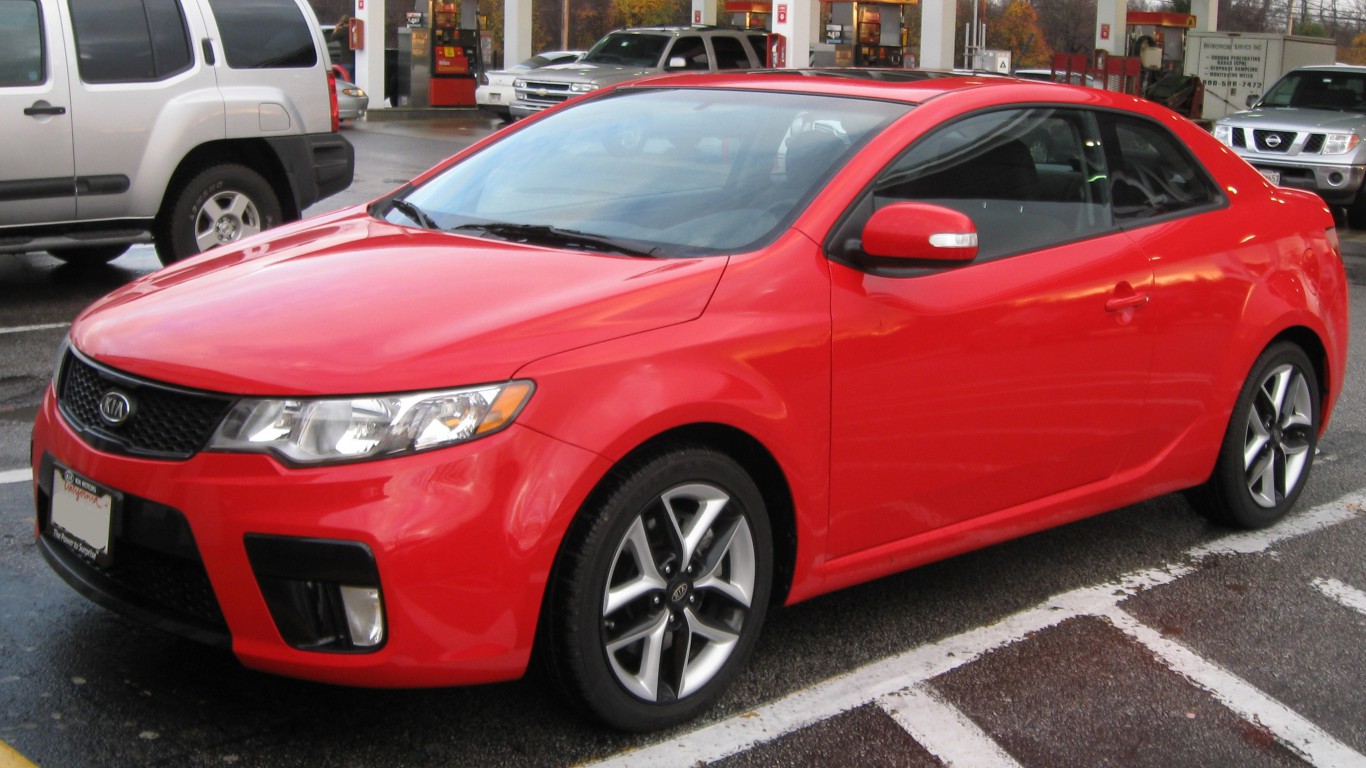
25. Kia Forte
> Annual average insurance paid: $1,155.82
> Annual collision insurance paid: $425.10
> Type: Small four-door
> Retail price: $16,800
[in-text-ad]
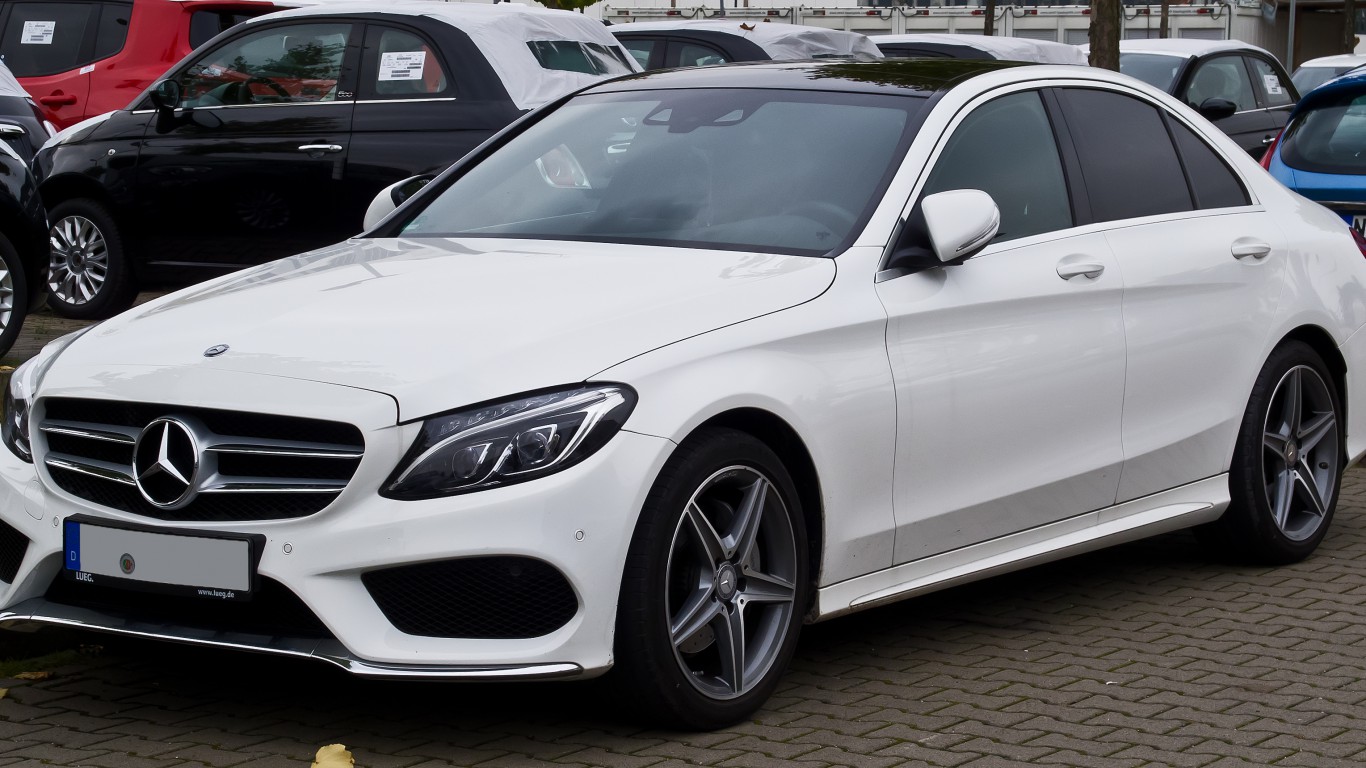
24. Mercedes-Benz C class four-door 2WD
> Annual average insurance paid: $1,157.34
> Annual collision insurance paid: $608.40
> Type: Midsize luxury
> Retail price: $40,250
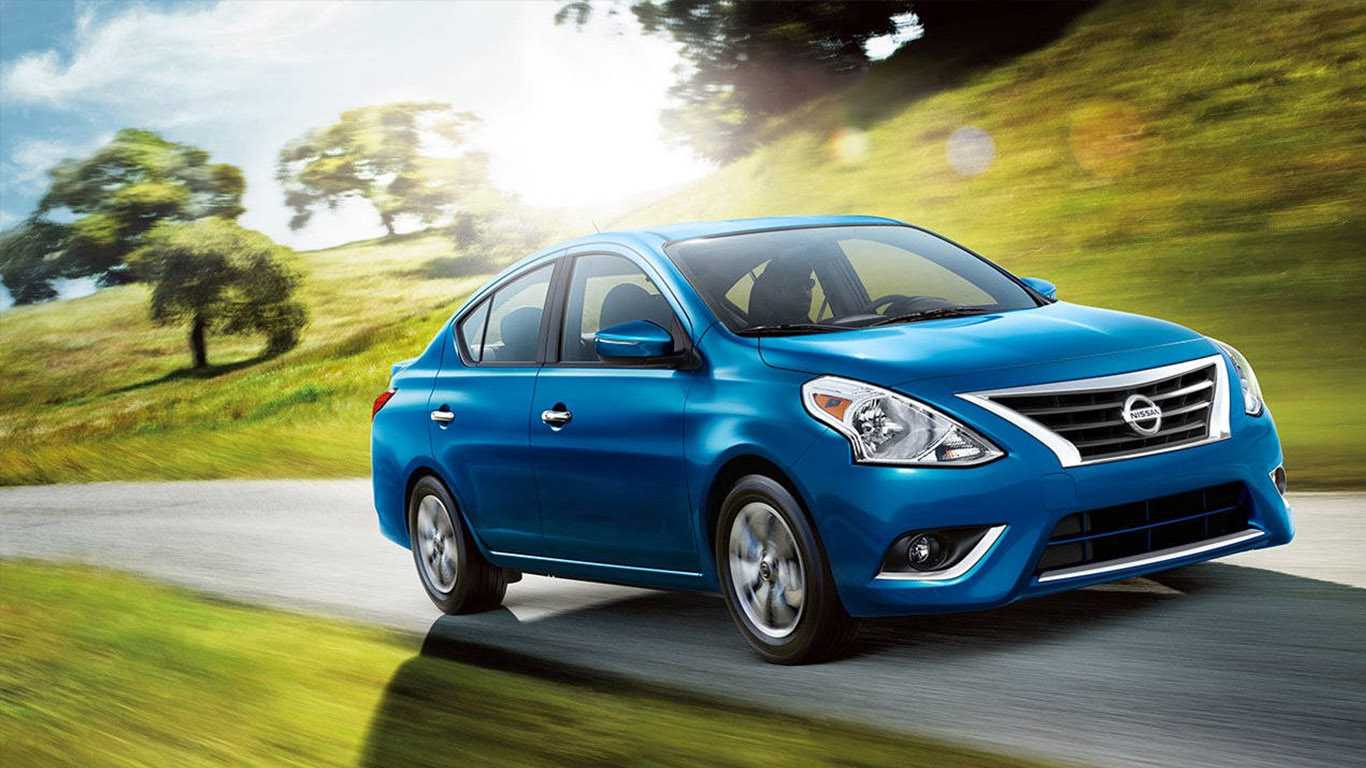
23. Nissan Versa
> Annual average insurance paid: $1,157.59
> Annual collision insurance paid: $444.60
> Type: Small four-door
> Retail price: $12,110

22. Nissan Sentra
> Annual average insurance paid: $1,165.05
> Annual collision insurance paid: $471.90
> Type: Small four-door
> Retail price: $16,990
[in-text-ad-2]
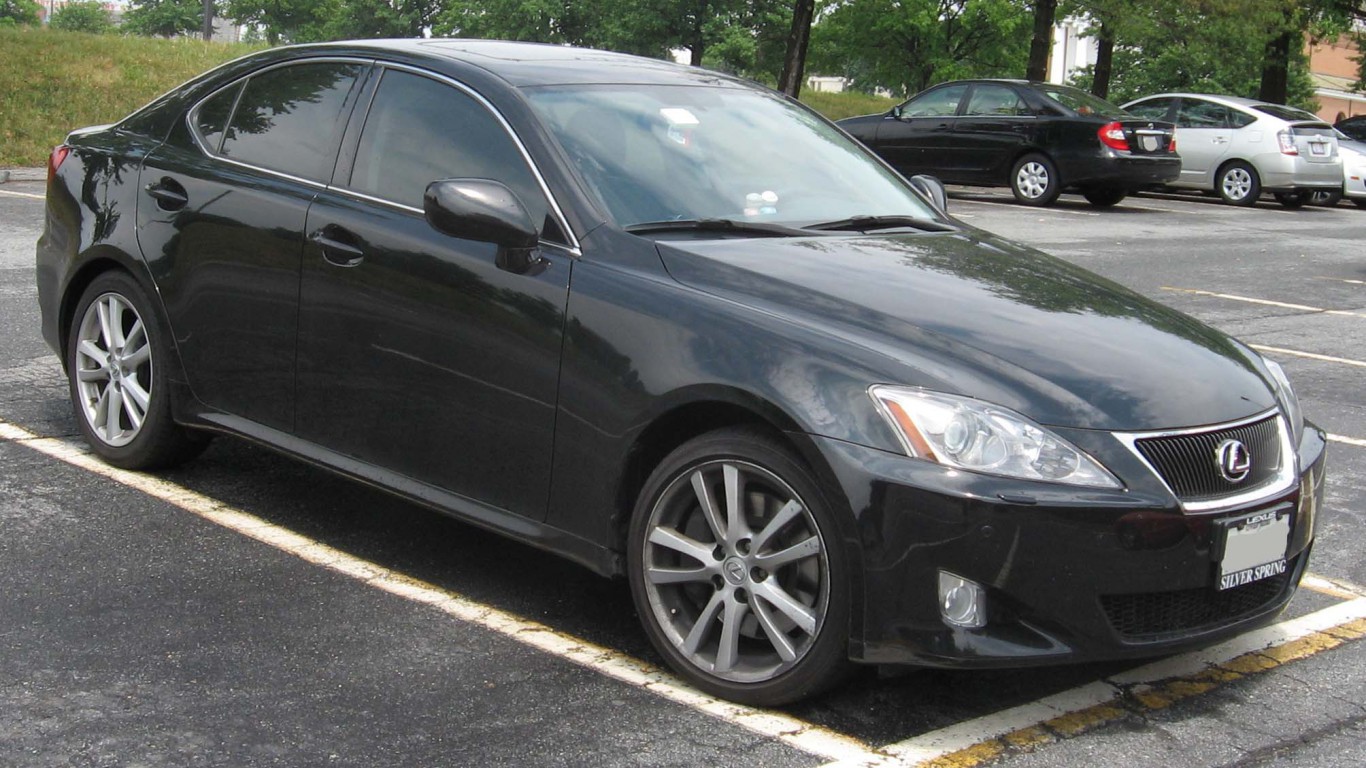
21. Lexus IS 350 four-door 2WD
> Annual average insurance paid: $1,167.11
> Annual collision insurance paid: $627.90
> Type: Midsize luxury
> Retail price: $38,210

20. Audi A4 four-door 2WD
> Annual average insurance paid: $1,169.13
> Annual collision insurance paid: $666.90
> Type: Midsize luxury
> Retail price: $36,000
[in-text-ad]
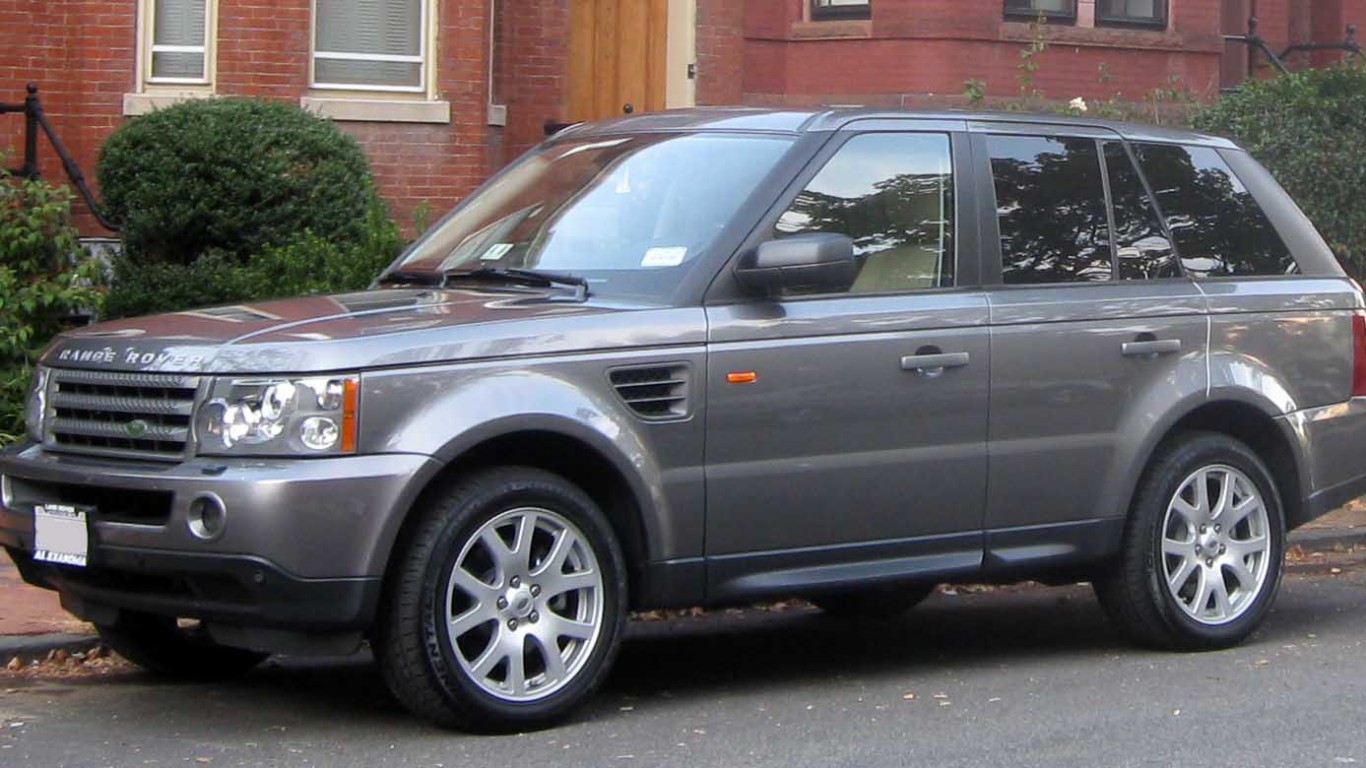
19. Land Rover Range Rover Sport four-door 4WD
> Annual average insurance paid: $1,173.05
> Annual collision insurance paid: $631.80
> Type: Midsize luxury SUV
> Retail price: $66,750

18. Infiniti Q50 four-door 4WD
> Annual average insurance paid: $1,182.32
> Annual collision insurance paid: $612.30
> Type: Midsize luxury
> Retail price: $66,750
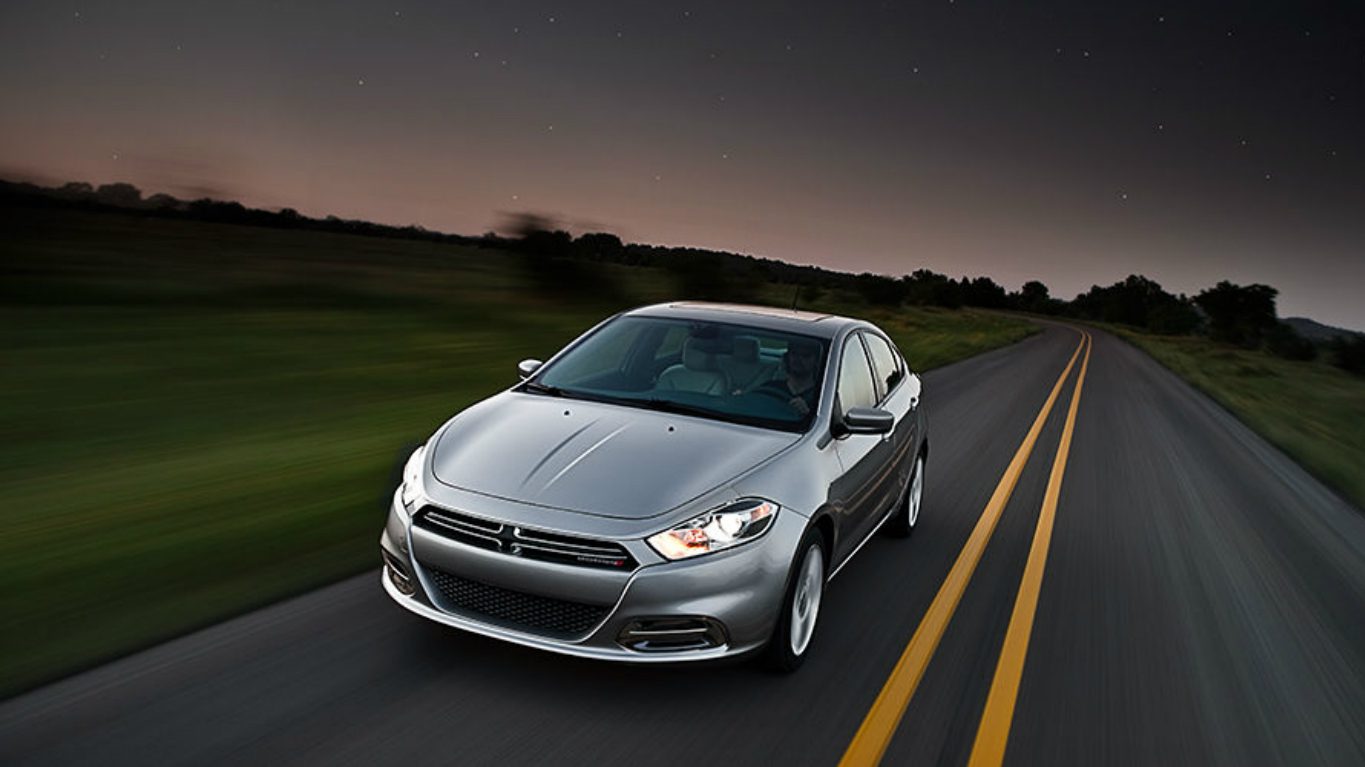
17. Dodge Dart
> Annual average insurance paid: $1,187.55
> Annual collision insurance paid: $468.00
> Type: Small four-door
> Retail price: $16,995
[in-text-ad-2]

16. Kia Rio
> Annual average insurance paid: $1,191.26
> Annual collision insurance paid: $413.40
> Type: Mini four-door
> Retail price: $13,900

15. Nissan Maxima
> Annual average insurance paid: $1,237.68
> Annual collision insurance paid: $596.70
> Type: Midsize four-door
> Retail price: $33,270
[in-text-ad]
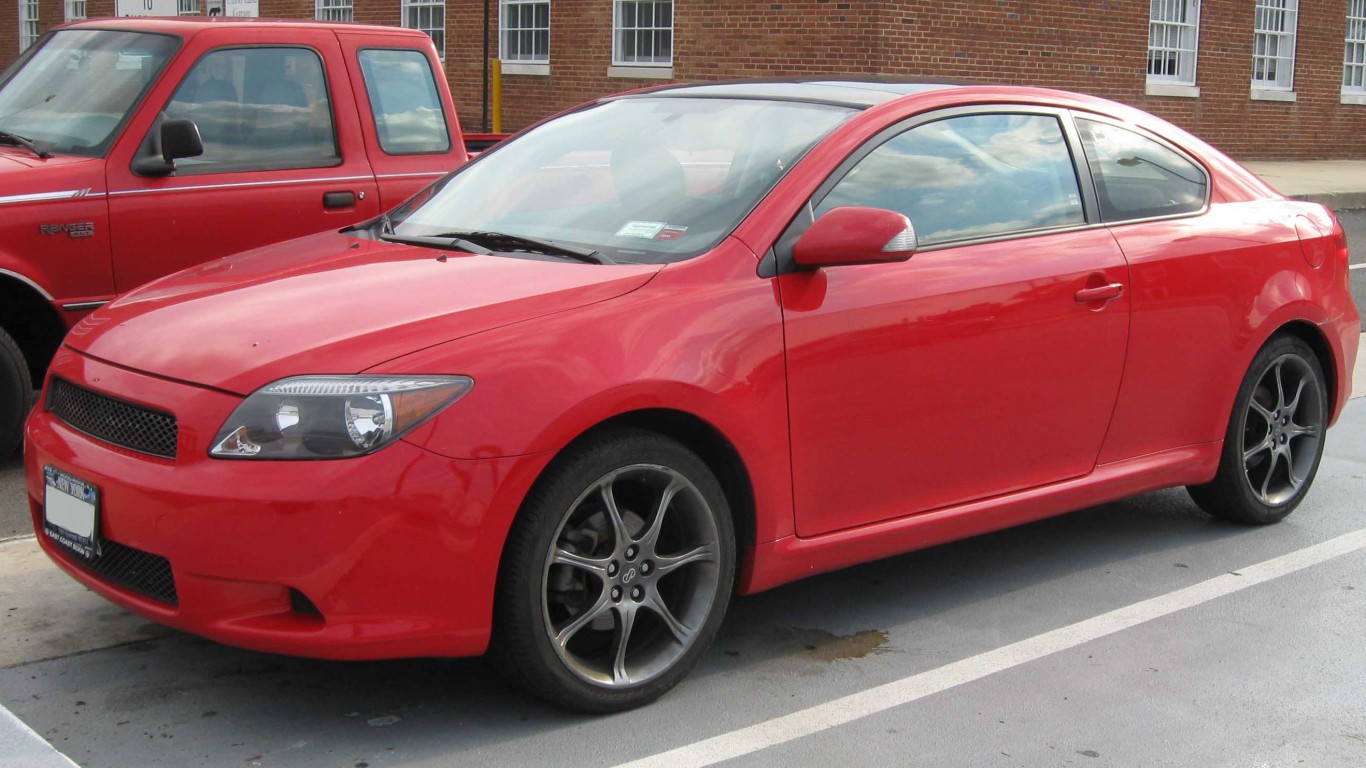
14. Scion tC
> Annual average insurance paid: $1,237.74
> Annual collision insurance paid: $518.70
> Type: Small two-door
> Retail price: $19,385
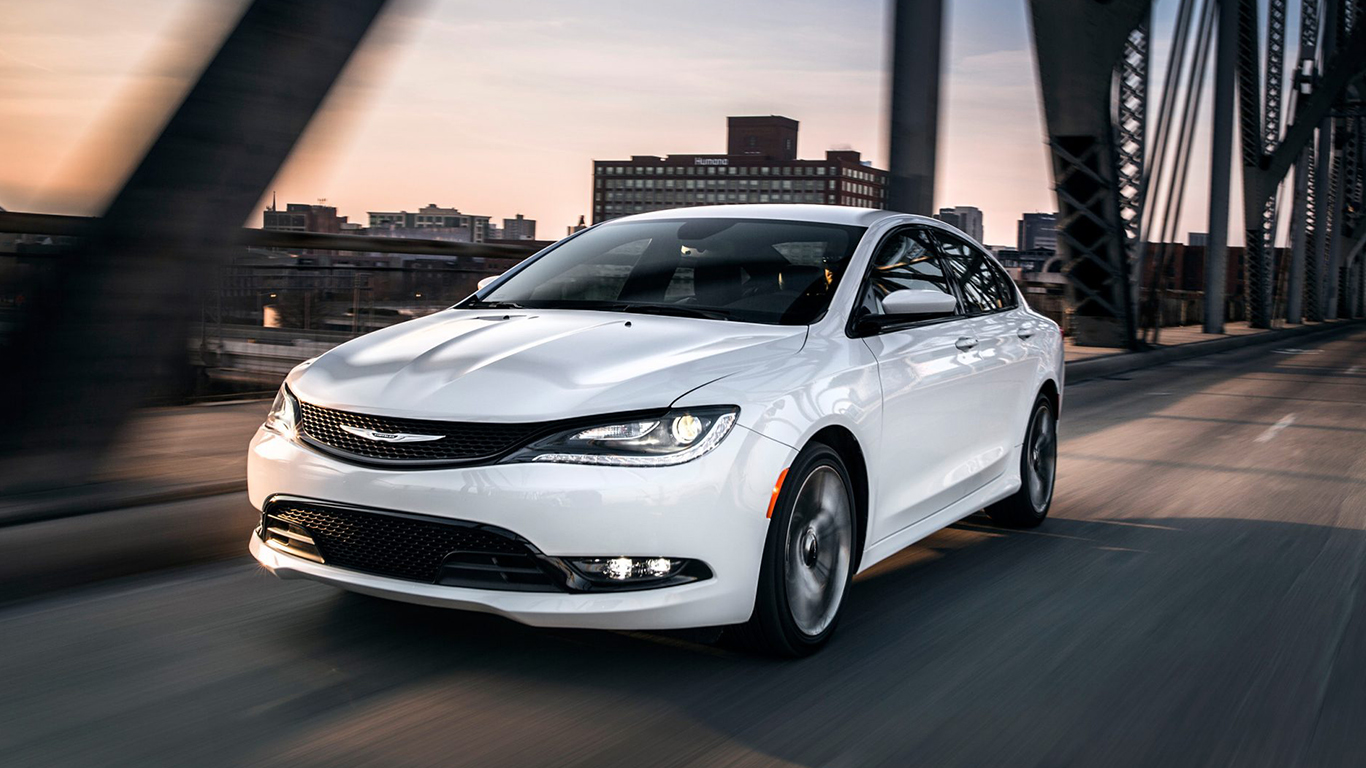
13. Chrysler 200 2WD
> Annual average insurance paid: $1,261.87
> Annual collision insurance paid: $471.90
> Type: Midsize four-door
> Retail price: $22,115
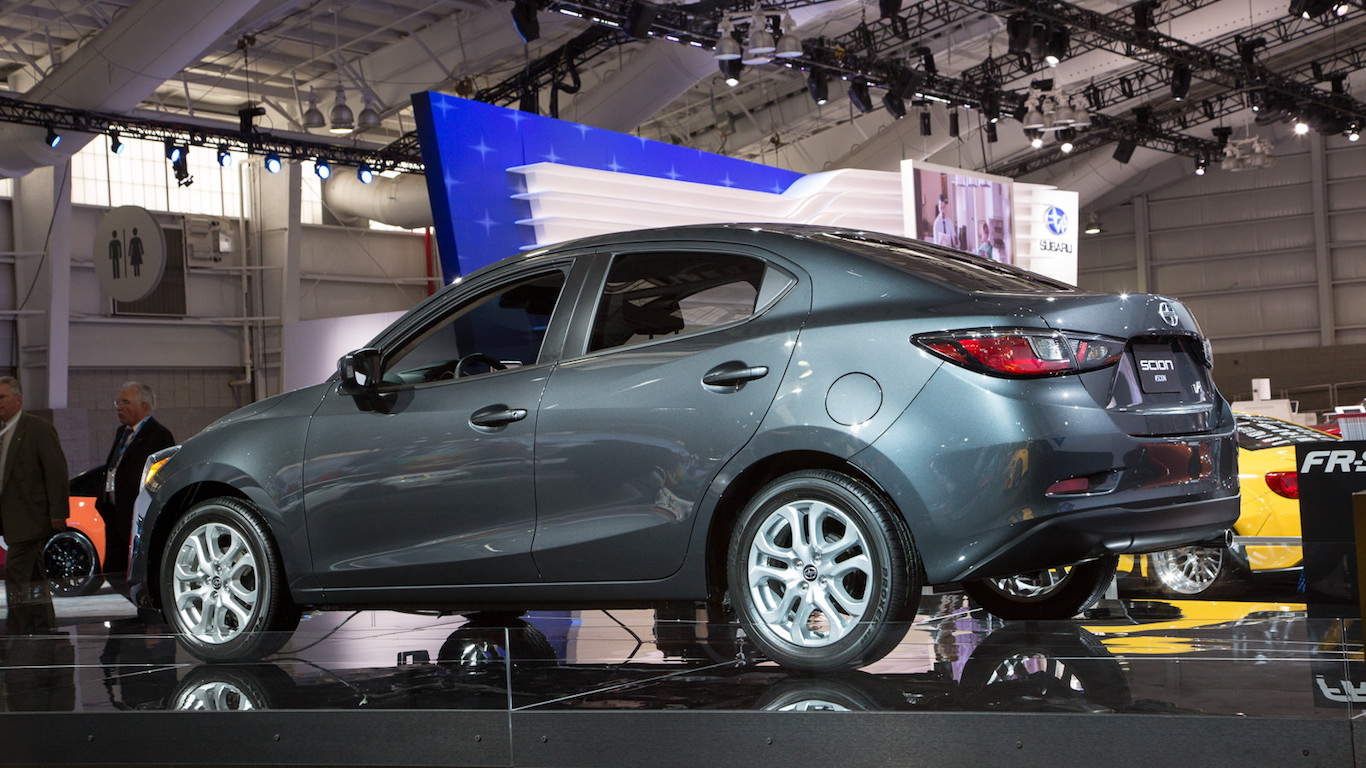
12. Scion iA
> Annual average insurance paid: $1,274.51
> Annual collision insurance paid: $530.40
> Type: Mini four-door
> Retail price: $15,700
[in-text-ad-2]

11. Ford Mustang two-door
> Annual average insurance paid: $1,291.53
> Annual collision insurance paid: $686.40
> Type: Midsize sports cars
> Retail price: $25,680

10. Lexus GS 350 four-door 2WD
> Annual average insurance paid: $1,295.44
> Annual collision insurance paid: $705.90
> Type: Large luxury
> Retail price: $46,310
[in-text-ad]
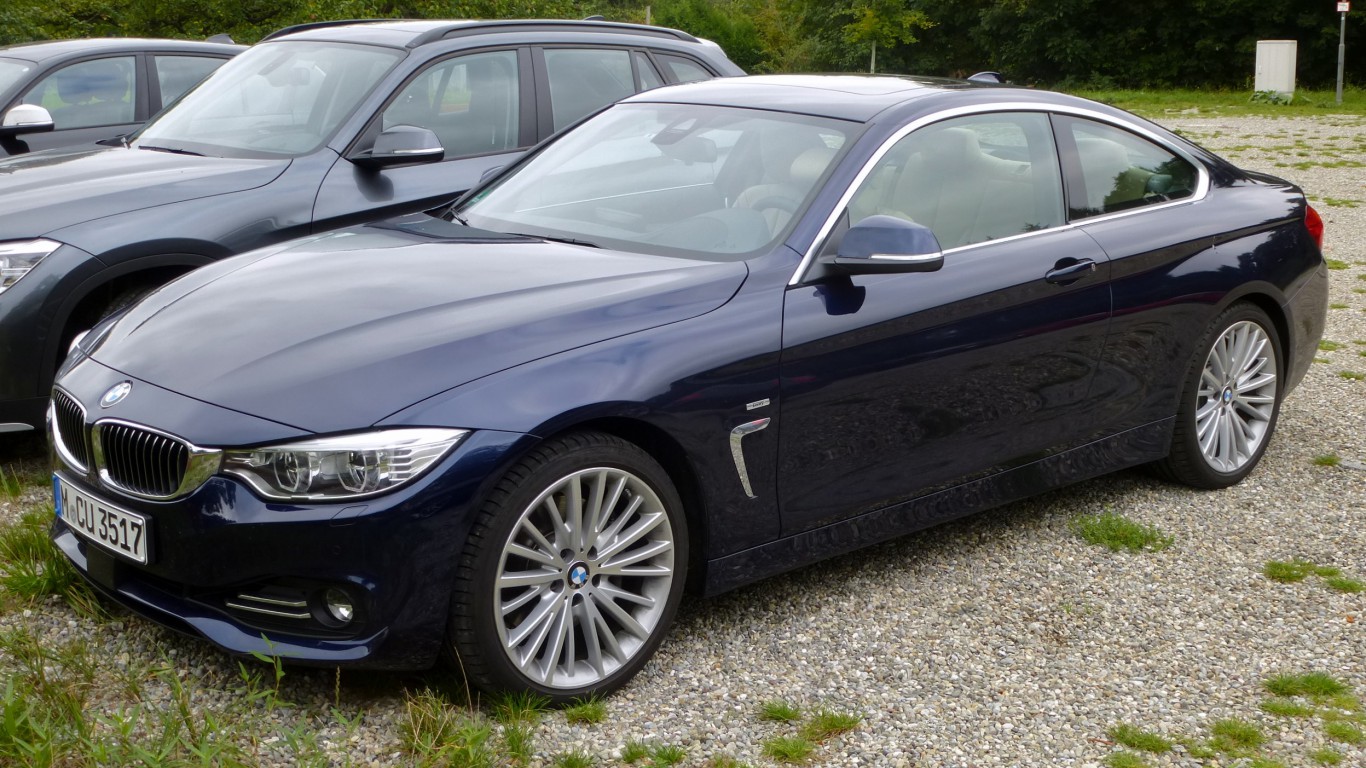
9. BMW 4 series two-door 2WD
> Annual average insurance paid: $1,306.51
> Annual collision insurance paid: $659.10
> Type: Midsize luxury
> Retail price: $43,300
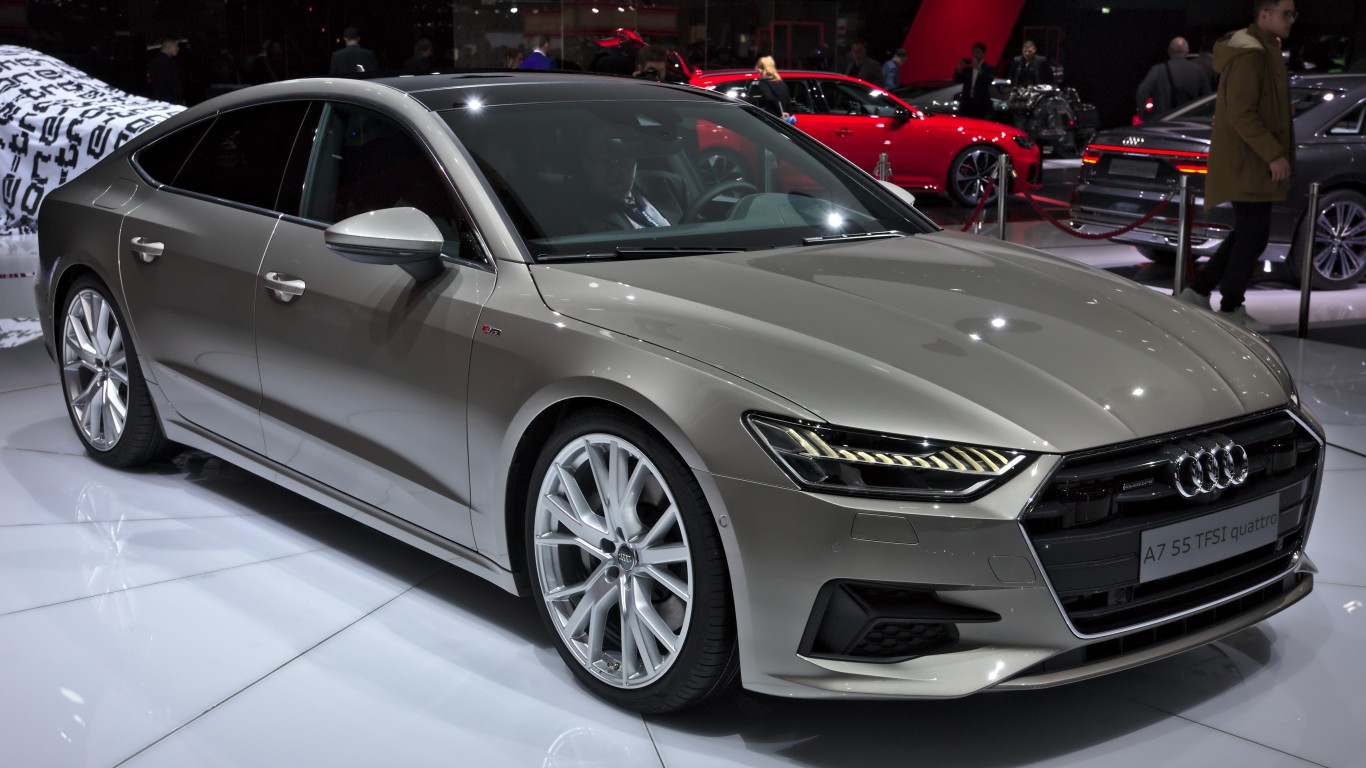
8. Audi A7 four-door 4WD
> Annual average insurance paid: $1,322.51
> Annual collision insurance paid: $830.70
> Type: Large luxury
> Retail price: $69,700
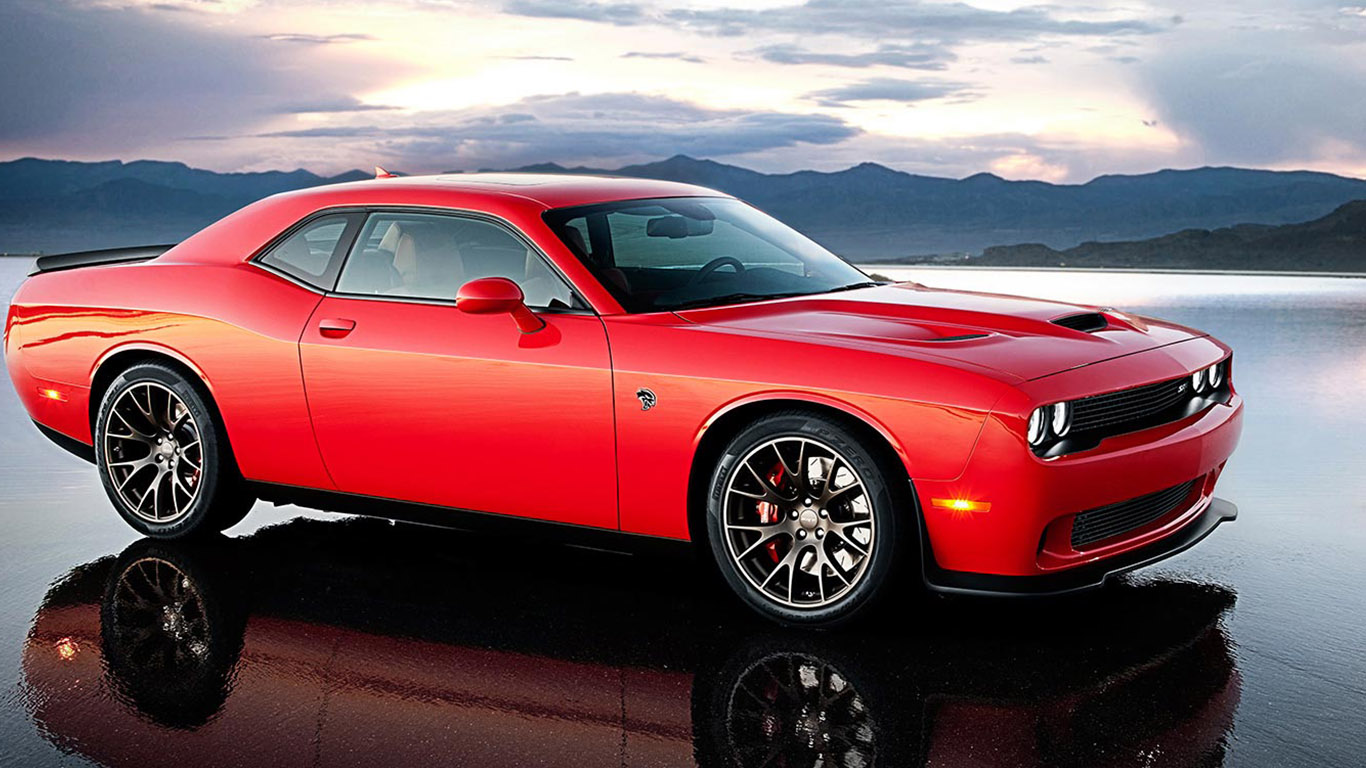
7. Dodge Challenger
> Annual average insurance paid: $1,335.79
> Annual collision insurance paid: $627.90
> Type: Large two-door
> Retail price: $27,295
[in-text-ad-2]

6. Kia Optima hybrid
> Annual average insurance paid: $1,355.13
> Annual collision insurance paid: $592.80
> Type: Midsize four-door
> Retail price: $25,995
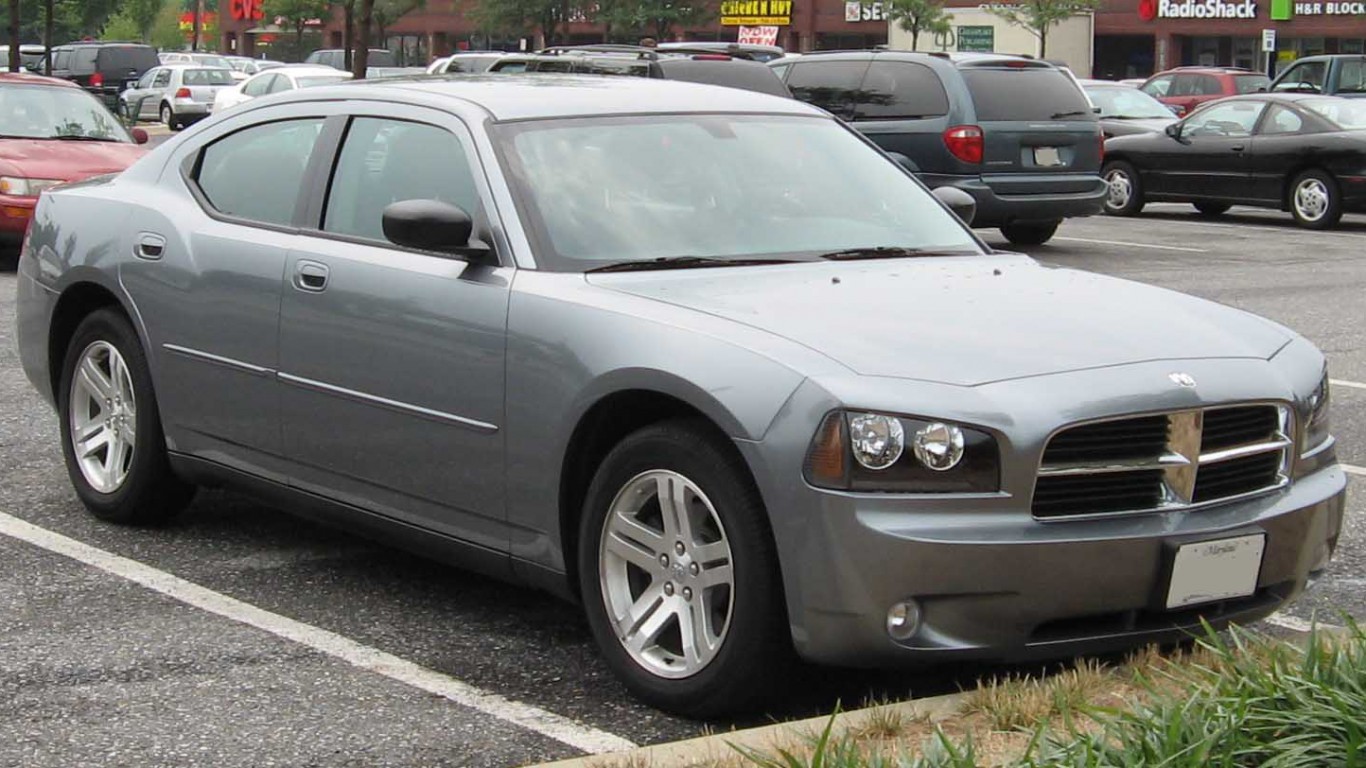
5. Dodge Charger 2WD
> Annual average insurance paid: $1,385.61
> Annual collision insurance paid: $569.40
> Type: Large four-door
> Retail price: $28,995
[in-text-ad]

4. Scion FR-S
> Annual average insurance paid: $1,403.67
> Annual collision insurance paid: $752.70
> Type: Small two-door
> Retail price: $25,305
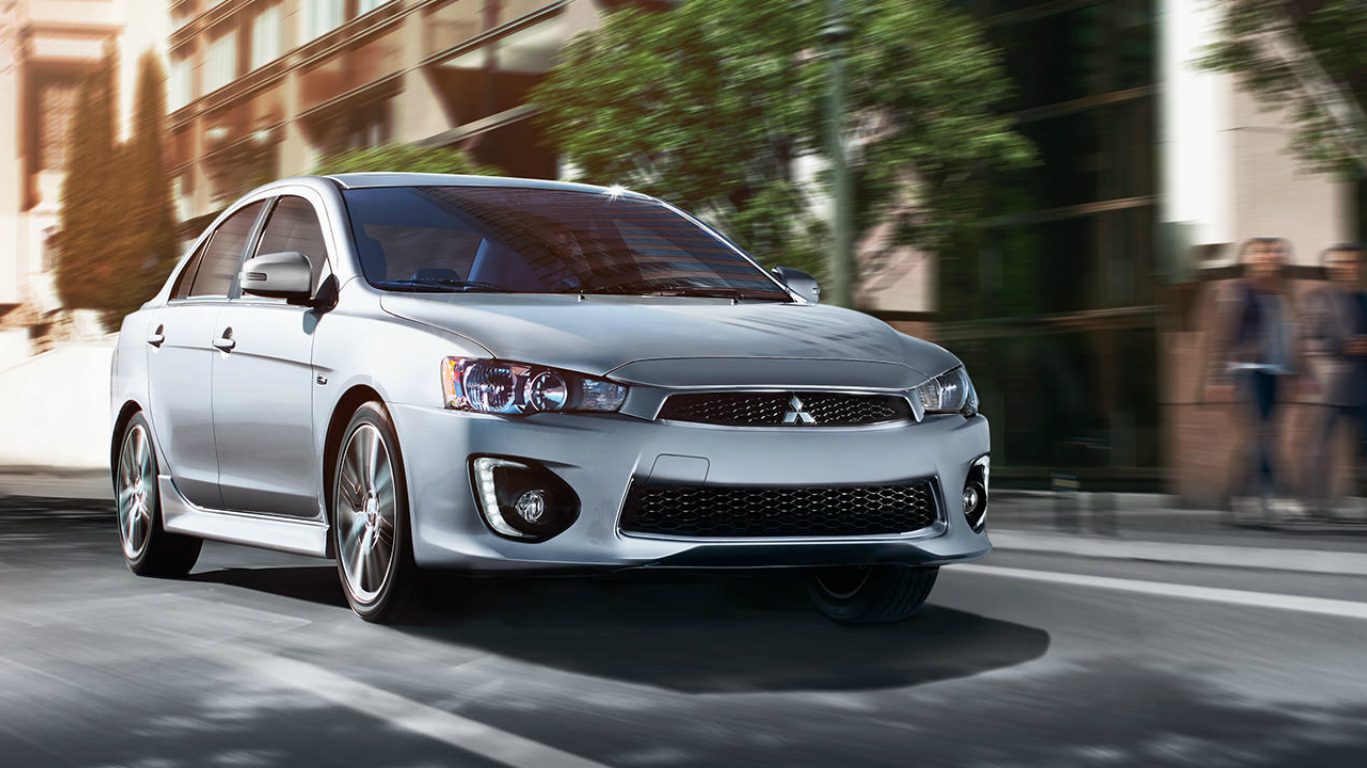
3. Mitsubishi Lancer 2WD
> Annual average insurance paid: $1,458.48
> Annual collision insurance paid: $561.60
> Type: Small four-door
> Retail price: $17,795

2. Mercedes-Benz S class four-door LWB 2WD
> Annual average insurance paid: $1,540.63
> Annual collision insurance paid: $803.40
> Type: Large luxury
> Retail price: $89,900
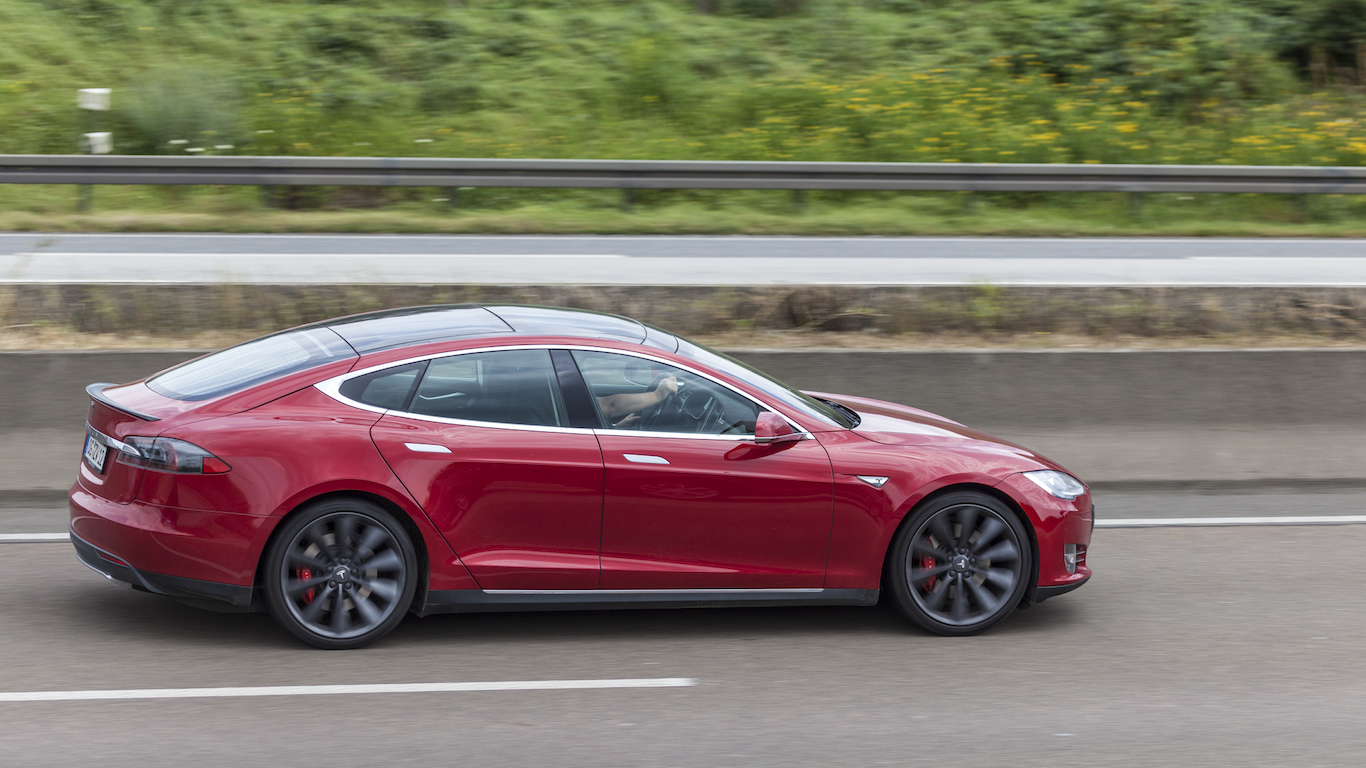
1. Tesla Model S four-door electric 4WD
> Annual average insurance paid: $1,789.48
> Annual collision insurance paid: $1310.40
> Type: Large luxury
> Retail price: $74,500
Detailed Findings
A review of the data shows that generally, more expensive models tend to demand higher insurance payouts in categories related to damage repair, in particular when covering collision costs. Close to half of the 25 cars with the highest insurance costs are luxury vehicles, compared to just three of the 25 cars with the lowest insurance costs.
In addition to price, the size of the vehicle appears to be a major determinant of insurance payouts. “One of the truisms of the universe is that bigger and heavier is better from a safety perspective,” Rader explained. Many of the vehicles with low insurance claim payments are large and midsize SUVs. Such cars tend to have low personal injury, medical, and bodily injury insurance payouts, likely the result of being safer.
Many of the vehicles with the highest overall average insurance payments are small to midsize sedans, which tend to protect drivers and passengers less than larger vehicles. “Looking at insurance loss data can help you not only zero in on the vehicles that are less costly to insure, but it can also help you compare the safety of vehicles in real-world driving,” Rader noted.
Methodology
To determine the 25 Cars with the highest insurance costs, 24/7 Wall St. reviewed data on insurance claim payments made by insurers by make and model, provided by the Insurance Institute for Highway Safety, a nonprofit research organization funded by auto insurers. The costs include six types of insurance: collision, property damage, comprehensive, personal injury, medical payment, and bodily injury. The model that is most expensive to insure had the highest overall average cost to the insurer per year. These data are for 575 vehicles of 2014-2016 model years sold in the United States. Average annual insurance payments account for both the frequency of accidents, as well as the average payment made, by model. IIHS breaks down the data for models to sometimes include certain safety-relevant features, such as all wheel drive, and driver assistance technology. To avoid repetition, each model nameplate was listed only once, and the more expensive version to insure is always listed.
Is Your Money Earning the Best Possible Rate? (Sponsor)
Let’s face it: If your money is just sitting in a checking account, you’re losing value every single day. With most checking accounts offering little to no interest, the cash you worked so hard to save is gradually being eroded by inflation.
However, by moving that money into a high-yield savings account, you can put your cash to work, growing steadily with little to no effort on your part. In just a few clicks, you can set up a high-yield savings account and start earning interest immediately.
There are plenty of reputable banks and online platforms that offer competitive rates, and many of them come with zero fees and no minimum balance requirements. Click here to see if you’re earning the best possible rate on your money!
Thank you for reading! Have some feedback for us?
Contact the 24/7 Wall St. editorial team.
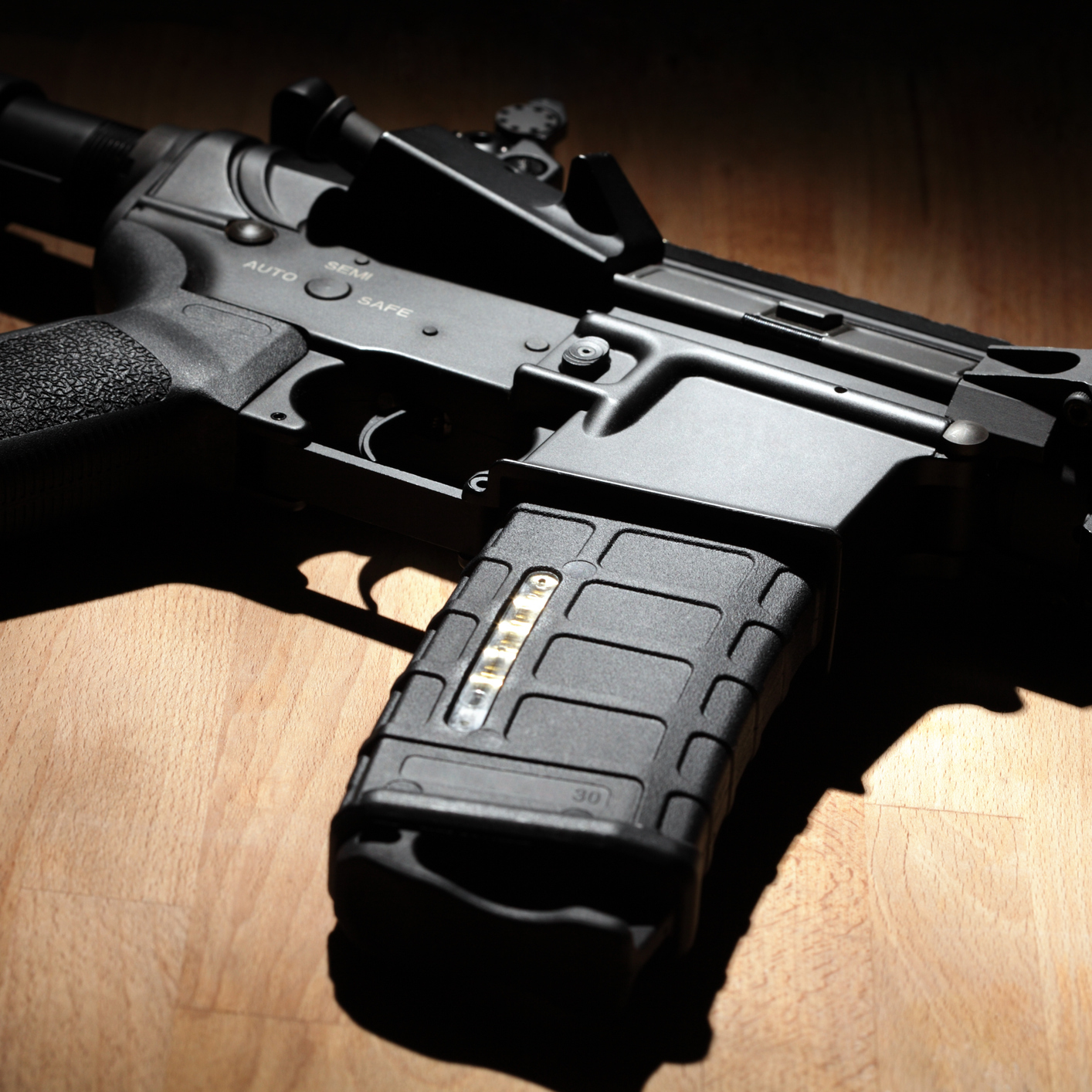 24/7 Wall St.
24/7 Wall St. 24/7 Wall St.
24/7 Wall St.

